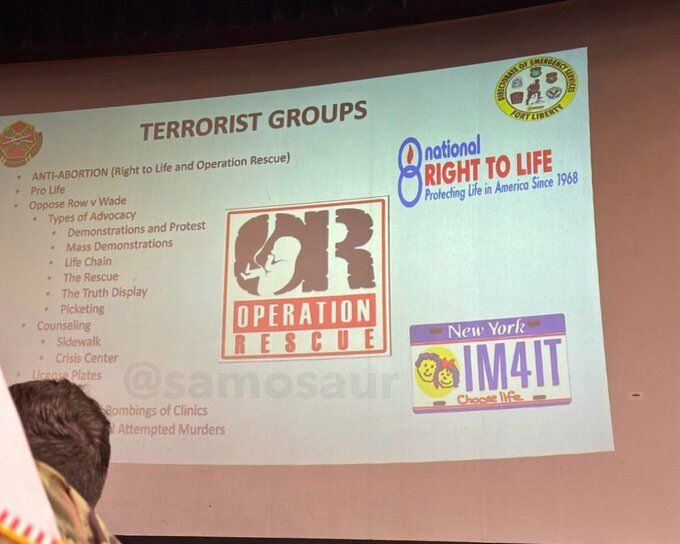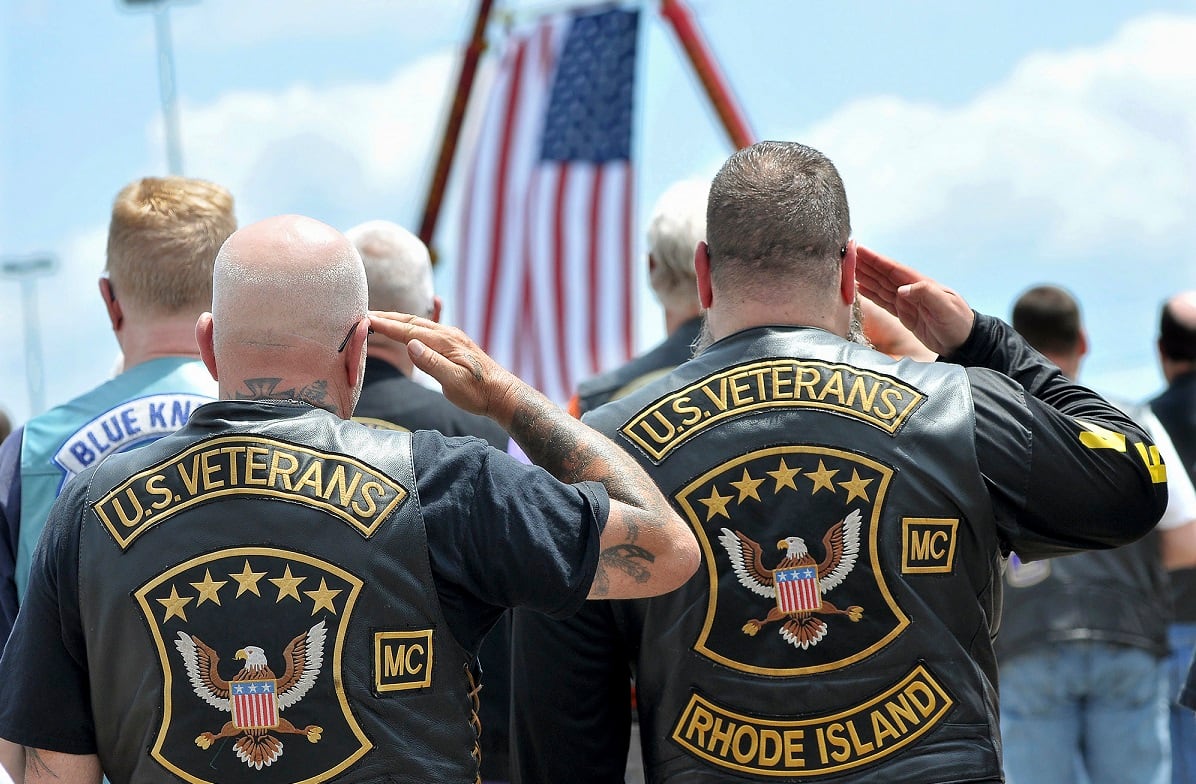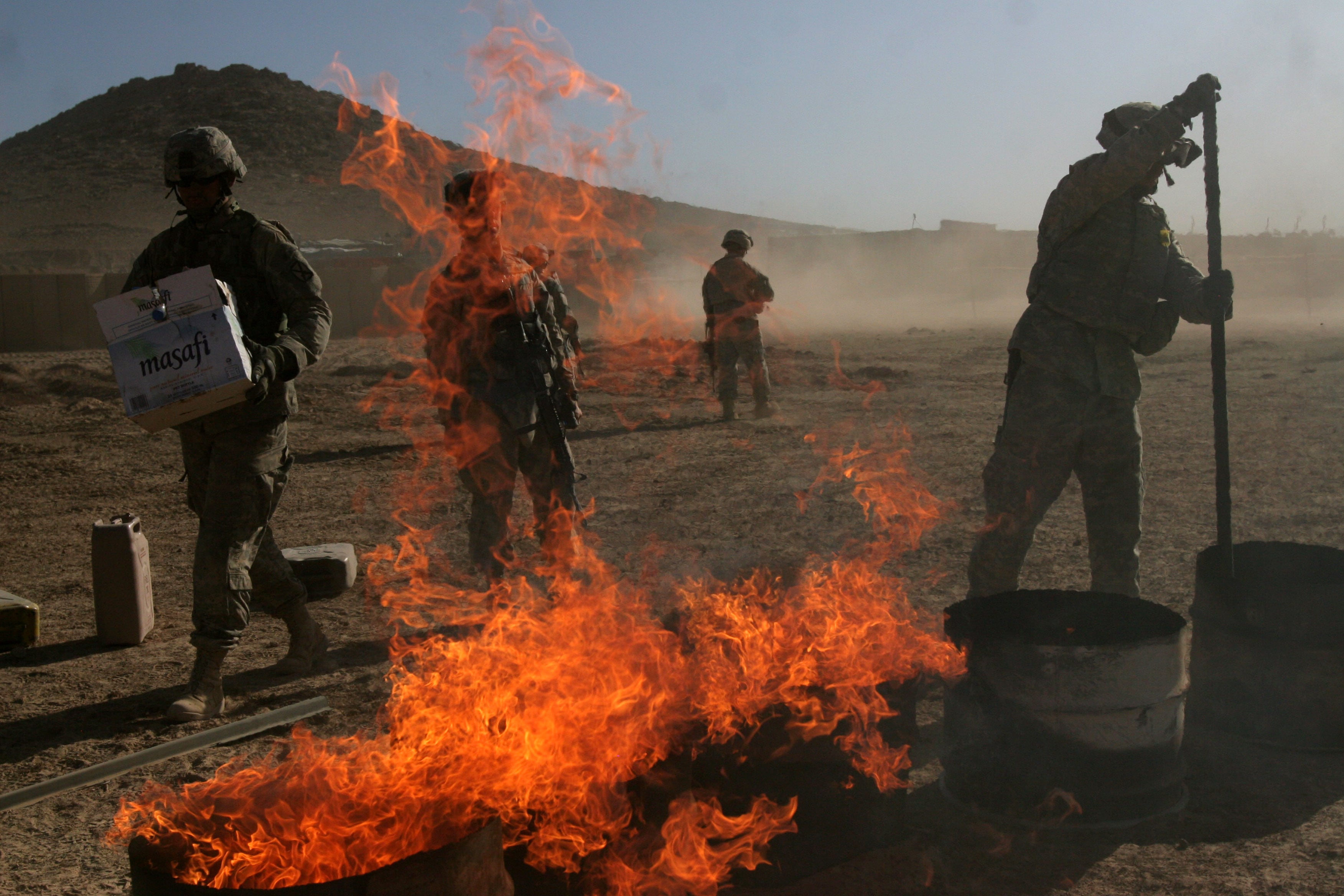Despite a checkered and rather expensive upbringing, the MV-22 Osprey has proven itself a valuable and reliable asset to the Marine Corps. So much so, the Corps is looking to expand its flights across Japan, and possibly even sell a few.
Nearly two years after the first MV-22B arrived in Japan, the head of the Okinawa-based 1st Marine Aircraft Wing is praising how the aircraft and its long range has spawned a transition in Marine aviation in the region, one that has caught the attention of allies in the Asia-Pacific region.
The interest in the V-22 centers on the aircraft's range and speed, a combo that allows Marines to react to crises faster than with the Osprey's predecessor, the CH-46 Sea Knight, said Brig. Gen. Steven Rudder, 1st MAW's commanding general. Now, Marines can move from Okinawa to mainland Japan in just three or four hours, and the Philippines in three. Other nations — Rudder did not say which ones — are impressed and want to add this range, speed and mobility to their own arsenal. They might not, however, look specifically to the V-22 as a way to combine ground and air forces, he said.
Japan, for its part, is considering a purchase of 17 Ospreys over the next five years.
"There's no shortage of desire of having Marine Corps bi-lateral training," he said. "Today it seems like they're trying to figure out a way to integrate air and ground. I think that [foreign militaries] are trying to replicate the techniques and the procedures" Marines use today aboard the Osprey platform, said Rudder.
Rudder's praise, however, comes as local opposition to the Osprey continues. It has become a national issue in Japanese politics, and there are frequent protests on Okinawa by residents who are worried about the aircraft's noise, mishaps and desire to see the tilt-rotor disappear. General disdain for U.S. presence in Japan brackets opposition to the MV-22, and that disdain was only exacerbated by delays in the Corps' move to Guam.
There are vocal supporters too, Rudder argued. There are protests outside of military bases, but there are counter-protests that support the Osprey. Also, when the Marine Corps opens up its facilities to visitors, the tilt-rotor is the biggest hit, he said.
Japanese newspapers have also reported that Ospreys will be relocated to Saga Airport, about 600 miles north of Okinawa, raising questions about what sort of noise and safety issuesthe aircraft will bring there. But Rudder said that there are no plans to reposition Ospreys out of Okinawa since they are linked to ground forces based there, but Ospreys do, however, have short deployments in Saga Province.
The Naval Safety Center shows that there has been one Class A mishap — the most severe type of accident — involving an Osprey in Japan. On its website, the safety center said that details of the mishap are uncertain, but it's believed that the aircraft was struck by lightning while flying from Marine Corps Air Station Iwakuni to Futenma on June 27.
While new defense spending is limited, Rudder has recently been publicly praising the Osprey and has recently sent opinion pieces to newspapers, including some in Japan.
The Osprey has had a turbulent history, both in terms of safety and efforts by officials and oversight groups to eliminate the program. According to a 2011 Congressional Research Service report, the Osprey's readiness level was 57 percent, lower than the 82 percent expected and worse than more conventional aircraft.
Still, Rudder said that he expects the Osprey's performance statistics to improve over time.
"What you'll see with the V-22 is that we'll well surpass the safety record of any other airplane."
Government officials have also tried to sideline the Osprey, including one effort in 1989 by Secretary of Defense Dick Cheney. In 2010 the National Commission on Fiscal Responsibility and Reform recommending that the military stop buying the Osprey, the CRS report said.
But it has had a few accomplishments in recent years. It was used in humanitarian missions in Haiti after the earthquake there. In March 2011 it was used to pick up an Air Force pilot who had ejected into Libya. It was also used to transport Osama Bin Laden's corpse to the carrier Carl Vinson in May 2011, one of the first times the Osprey landed on a carrier. Since then the V-22 has become more of a regular on flattops and has been considered as a replacement for the Navy's C-2A Greyhound for carrier on-board delivery missions.





